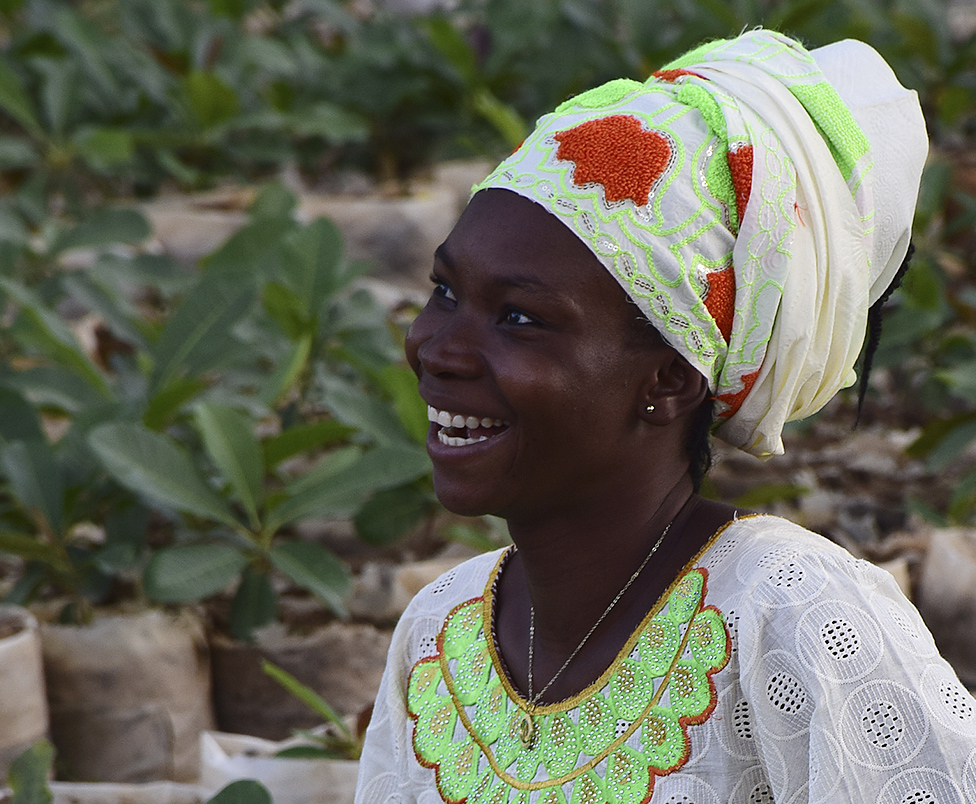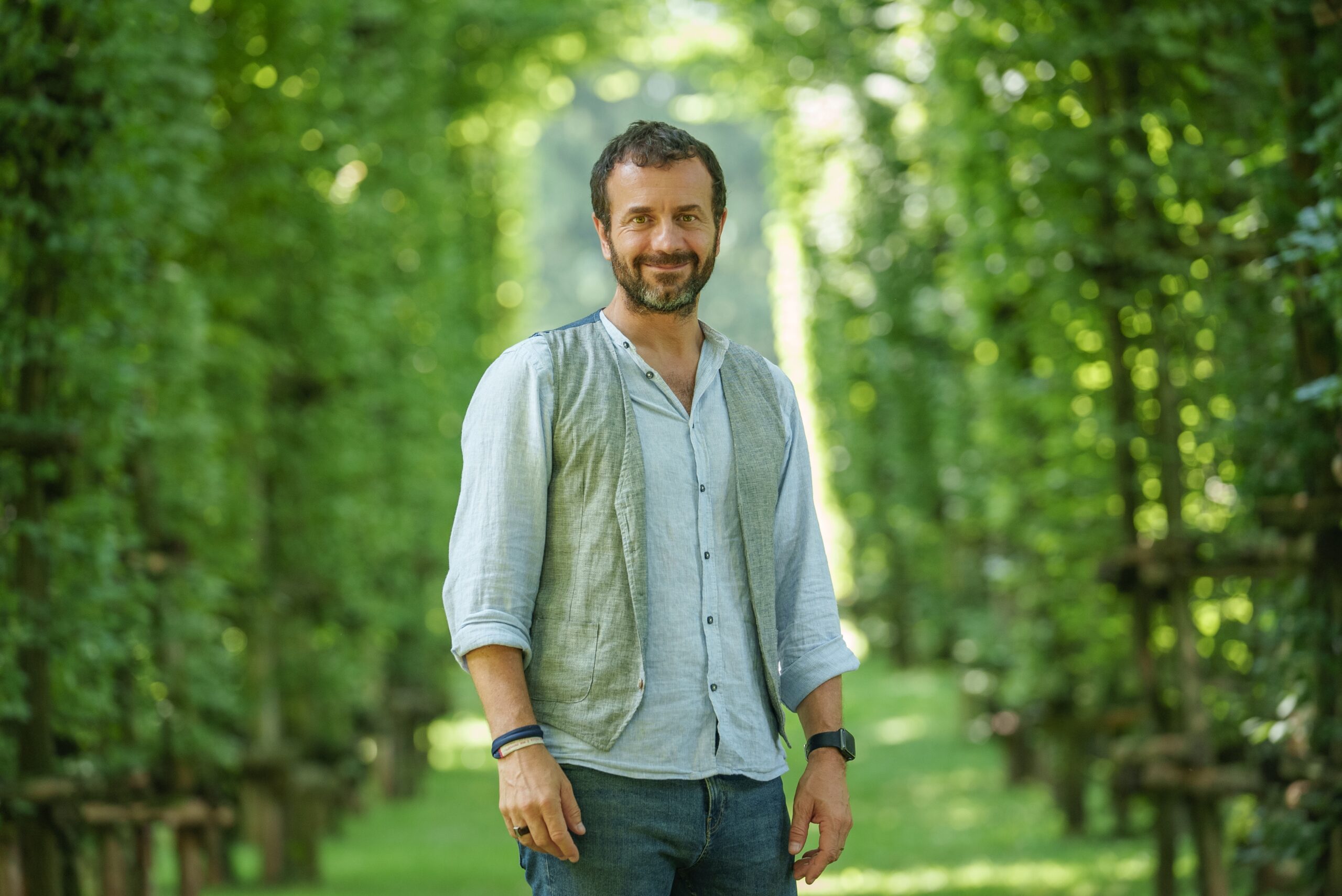
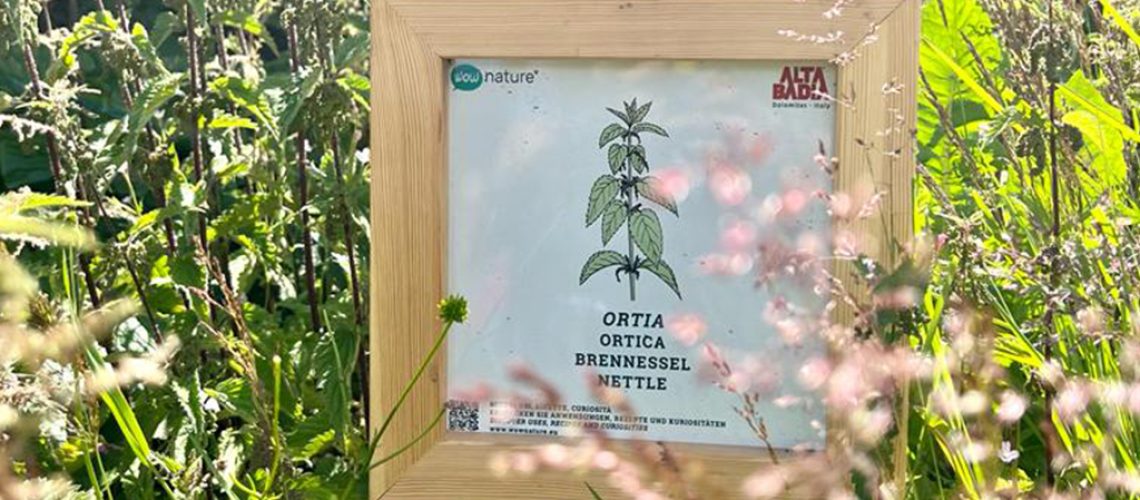
Food forest: the edible forest that’s good for biodiversity and counters the climate crisisFood forest:
Benefits of food forests
A food forest is a technique that mimics a natural forest, so herbs are sown and shrubs and trees are planted. By definition, it is therefore a crop that stimulates biodiversity because of the variety of elements of which it is composed, as opposed to monocultures. In fact, the benefits to the environment are considerable. In these natural ecosystems, tree roots help store carbon in the soil and improve nutrient circulation. In addition, the soil is self-fertilized by fallen leaves and fruits. Due to the shade of canopies and the presence of grasses, the soil remains covered, which prevents water loss and counteracts erosion. With healthy soil as a base, food forests require less or no artificial fertilization and help decrease CO2 emissions, reducing the effects of climate change. The benefits also affect animals, which have an easier life in a food forest, since they can find shelter, shade and food in the same place. Let’s not forget that pollinating insects, such as bees, bumblebees, wasps, butterflies, flies and beetles, will also be able to feed and increase biodiversity.
Advantages in comparison to other techniques
One could argue that to produce more food, one could plant an orchard or cultivate a vegetable garden. Orchards provide a lot of food, but they usually consist of the same species, such as pear or peach trees. In addition, the trees are planted in neat rows and often need care. Food forests, on the other hand, are able to sustain themselves because of the balance that is created with all the parts that make up the forest.
Unlike vegetable gardens and cultivated fields, forests can have a higher density. They provide higher yields, mainly because of their complex layering of trees, shrubs and grasses. Instead of hundreds of rows of plants all growing at one level, you have a smaller area that contains just as much food, if not more than an extensive vegetable garden.
The new food forest we are growing in Italy
In the Tuscan hills near Siena, our latest food forest is emerging. During 2023, an abandoned land reforestation project will begin. It is called Five Oaks Forest and will be a true food forest, with fruit trees and shrubs, medicinal and medicinal herbs, berries and vegetables useful to both humans and wildlife. The result will be a food forest capable of combating soil erosion, rich in biodiversity and usable by all through a network of trails and recreational facilities. The forest will be freely accessible on foot, by bicycle, and on horseback, and will be a destination for tourism that wants to enhance the natural areas around Siena to allow a cultural experience that goes beyond the historic center, but allows people to enjoy unique and characteristic landscapes.
WOWnature food forests are also growing in other regions of Italy and in Burkina Faso
In 2019, we planted the first food forest in Veneto: Nico Forest. Then we expanded to Alta Badia, to Sicily with Saja, and to Lombardy at the Parco Nord in Milan. One of the projects we are most proud of is in Burkina Faso, where the Union de Femmes de Garango takes care of a food forest, from which they derive livelihoods for the community and have achieved economic empowerment. It is a growing project, so you can still adopt a tree in this area. It will help provide income for the women who care for it and their families. For them, each tree means food security, decent income and combating climate change.
CONDIVIDI
Altri articoli

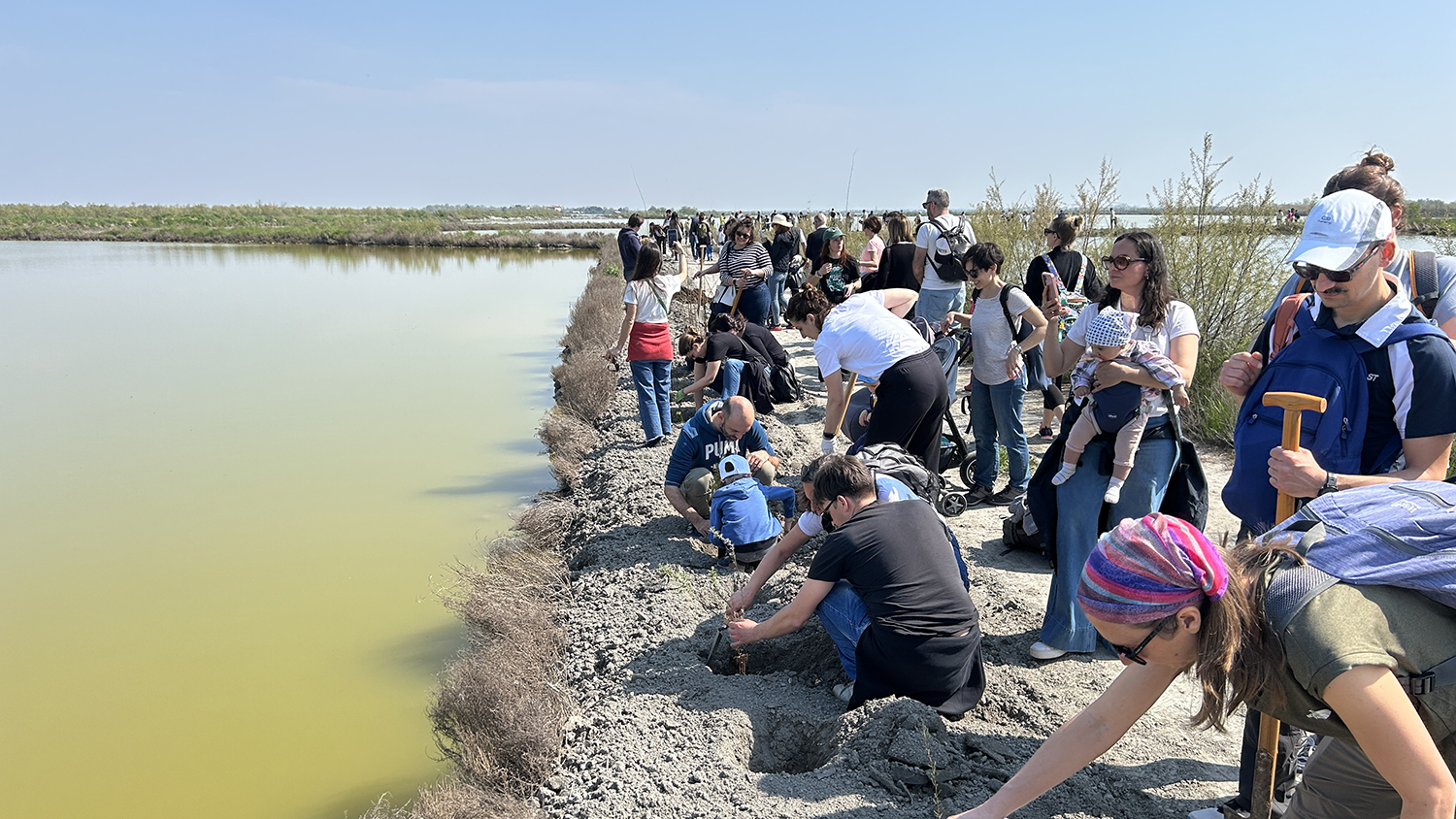
Update from Lio Piccolo | April 2025
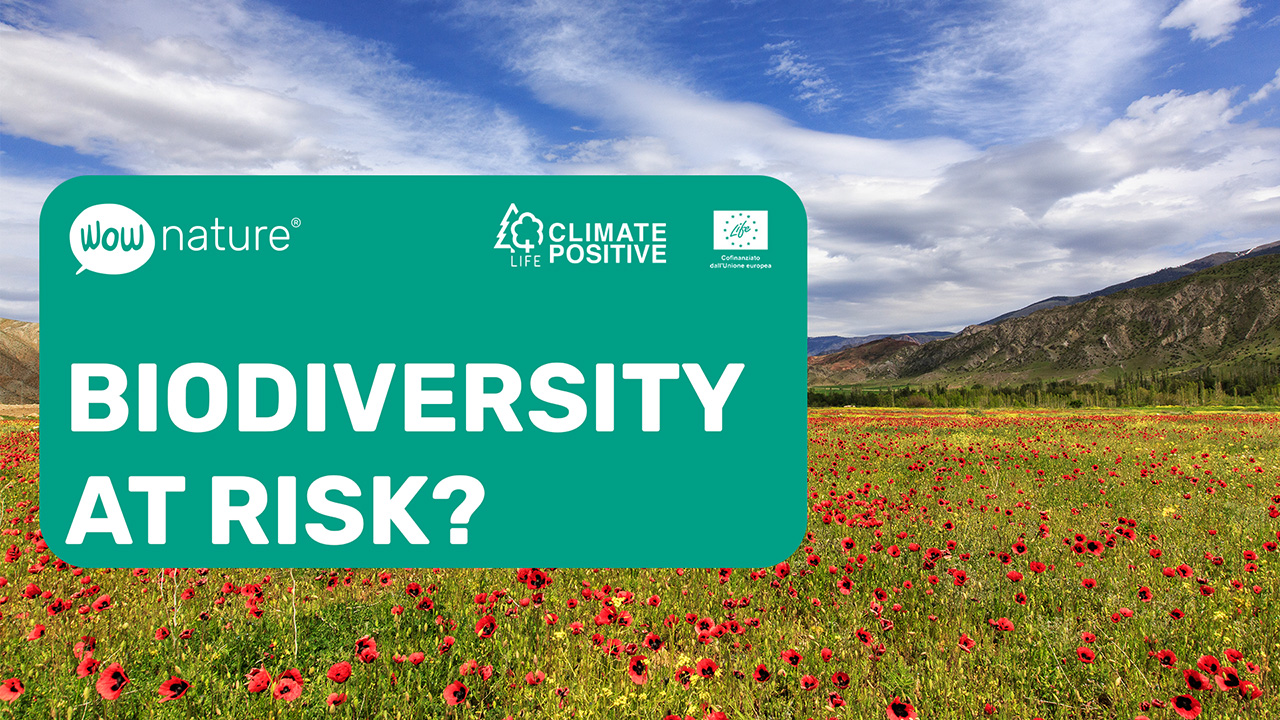
Biodiversity at risk and sixth mass extinction?
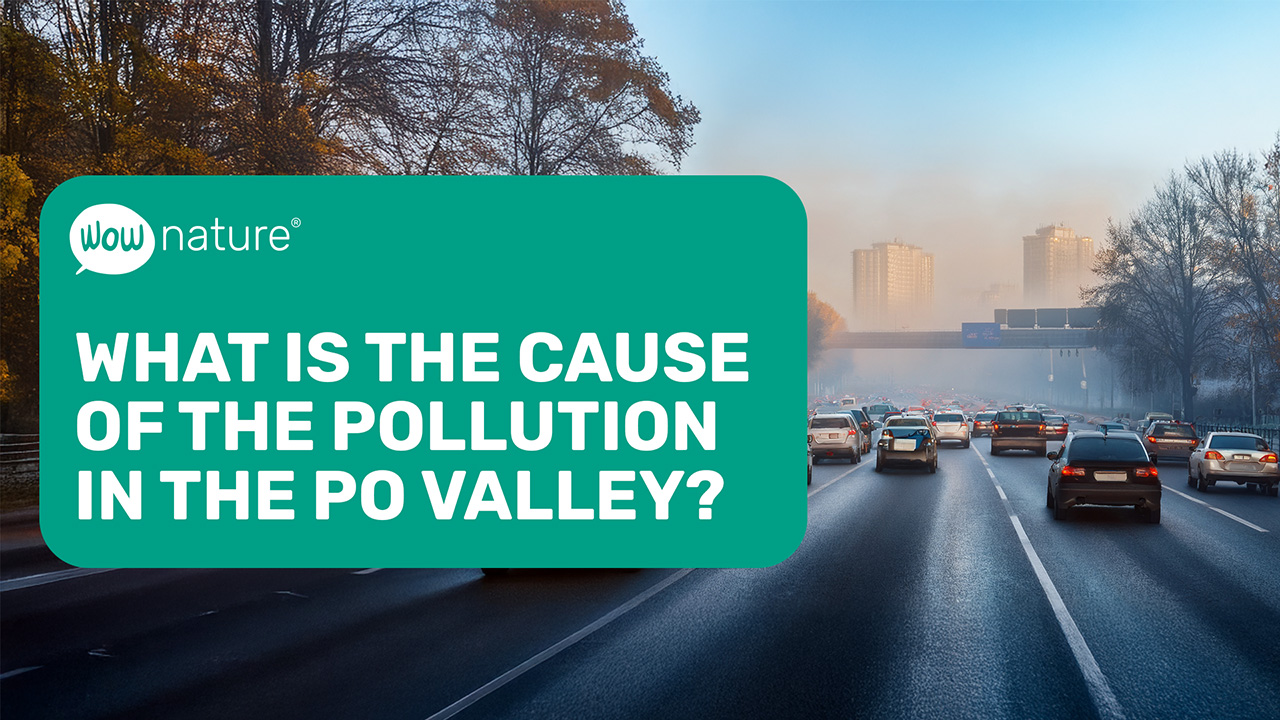
What is the reason for the pollution of the Po Valley?
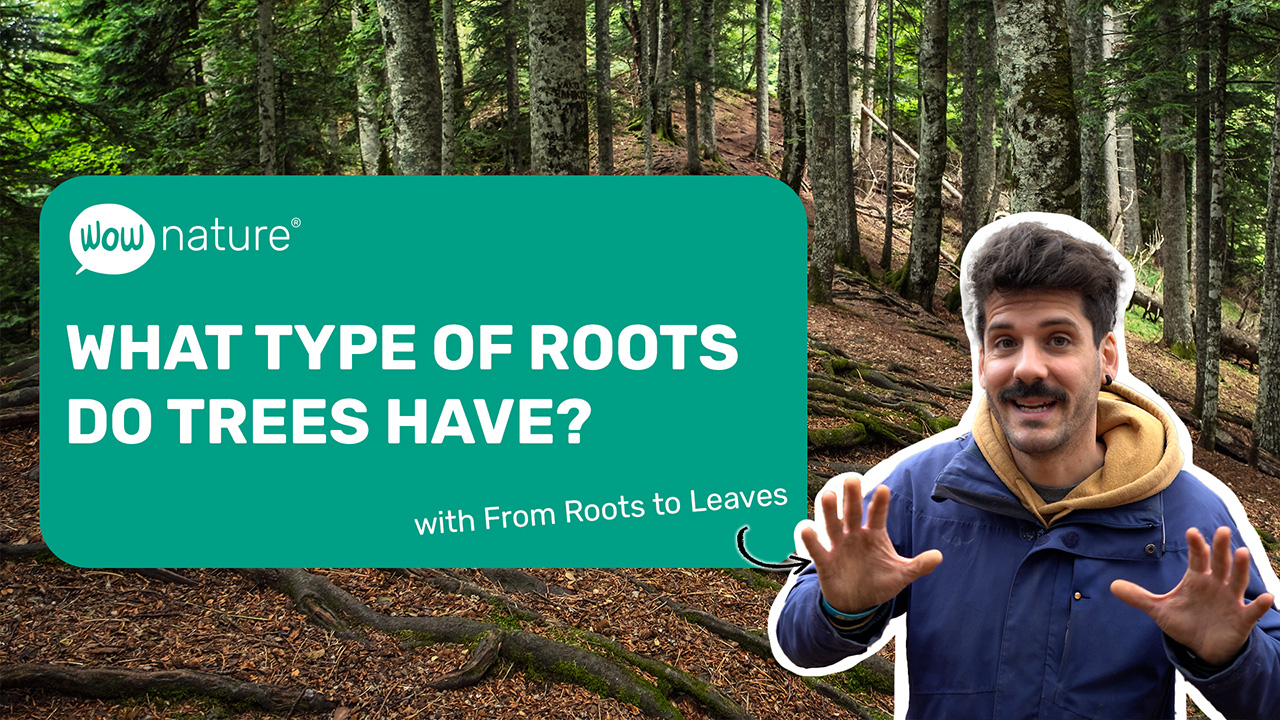
What type of roots do trees have?




